Howdy, Stranger!
It looks like you're new here. If you want to get involved, click one of these buttons!
Categories
- 996 All Categories
- 3 Picture Posting and Resizing
- 58 New Member Introductions
- 120 Off-Topic Forum
- 4 Photography
- 2 Resources
- 18 New Product Information
- 170 The SierraWest Forum
- 10 Brett's Blog
- 121 General News & Ramblings
- 3 Re-Release Information
- 6 Q & A about SierraWest
- 9 What Would You Like to See?
- 408 Builds
- 145 HO Scale Builds
- 180 O Scale Builds
- 62 Finished SW Build Pics
- 15 Miscellaneous Builds
- 195 Techniques
- 19 Working with Wood
- 23 Painting Castings
- 5 Masonry
- 23 Scenery
- 37 Tools and Supplies
- 22 Layout Planning & Building
- 40 Miscellaneous
- 24 Prototype Information
- 22 Reference and Research
HO Loco and service shop
Reaching the end of the HO loco and service shop build. It has been a while since I posted any pictures so I am relearning how its done. I made the roof sections removable without the rafters that get in the way of looking at the interior of the shop. Its been so long since I took a picture with my Canon camera I had to relearn how to do that too.
Some interior shots
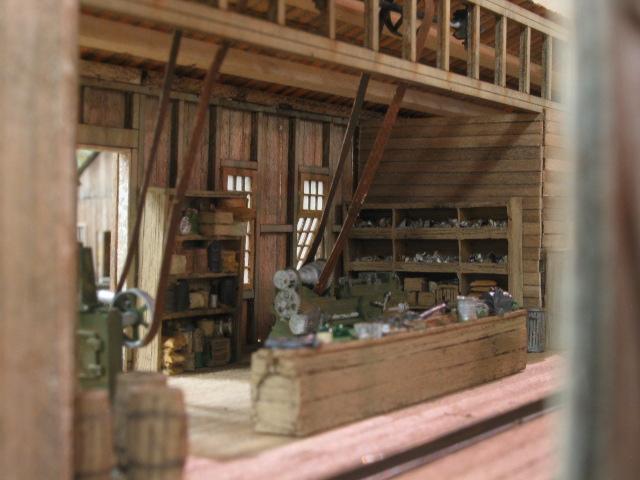
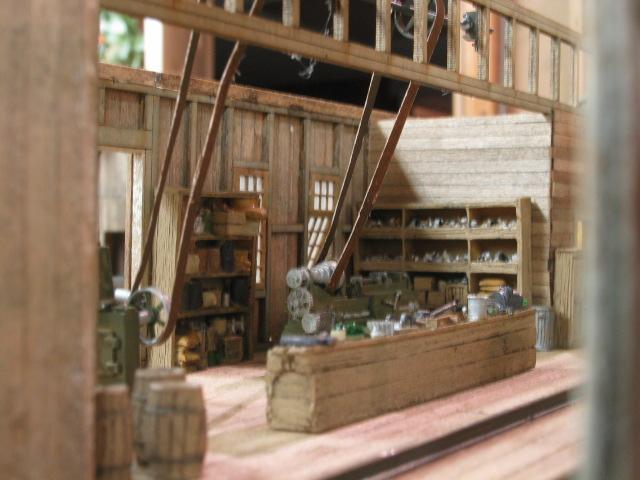
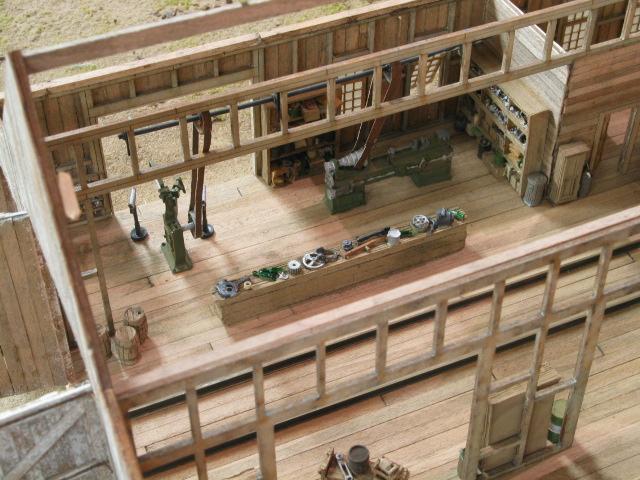
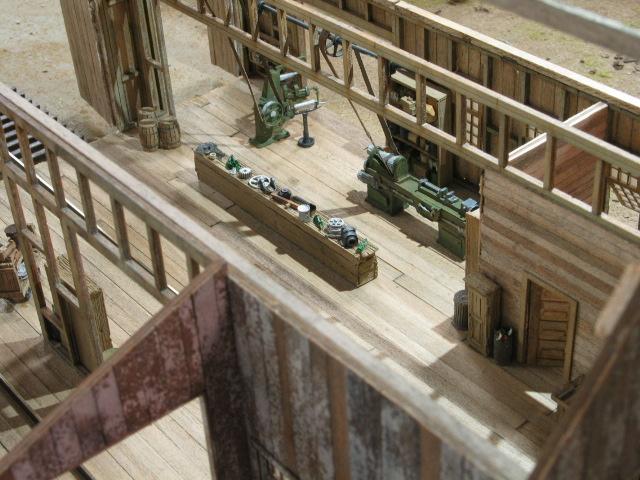
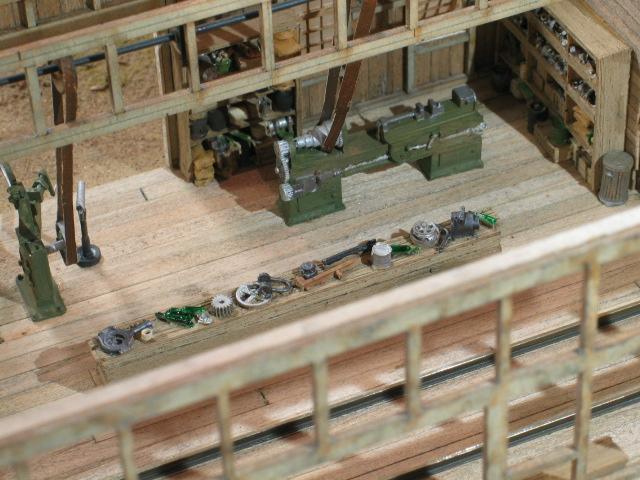
I have to build the components of the Donkey repair yard. Once those are finished I can "plant" everything on the layout and take some more pictures.
Some interior shots
I have to build the components of the Donkey repair yard. Once those are finished I can "plant" everything on the layout and take some more pictures.


Comments
I realize the floor is very clean. That will change.
The other components of this kit are built and I am waiting for turnouts to be delivered. Once I have laid the track I can install these structures near the sawmill. That will result in more pictures.
Phil- I may not comment on your O'Neills build but I do look at it. Your work space looks like a sterile operating room compared to my messy work table. I don't think I could be that organized. Your descriptions are thorough and anyone building O'Neills will be able to use it as a reference. I am sure that is what you intended and it looks like you are succeeding.
Since this is part of a layout the track is code 83 flex track. The rails are painted with railroad tie brown. The ties are painted with desert sand craft paint and then alcohol innk stained. When you dust them up with real dirt they seem believable to me.
Great kit Brett! Enjoyed building it.
I have the donkey repair yard components assembled and painted. It will be installed between the engine house and the sawmill next. Pictures will follow.
Before I post pictures of the donkey repair yard I would like to share something with the newer forum viewers that are not aware of this technique. It is what I use to color the boards and create a pealing paint effect. The Sierra West instructions are excellent in terms of creating a believable weathered piece of wood. Ken Karns did an excellent tutorial in enhanced techniques to make each board a model in itself. As I mentioned before if there is a short cut to do something I will take advantage of it. Anyone building the sawmill will appreciate this method when coloring all that wood. Those of you who bought the sawmill but have not built it will see a version of this technique using Floquil paint that is no longer available.
As with everything in modeling try a little at a time to get the hang of the technique and tweak the formula to suit your eye.
I add a teaspoon of black Higgens ink, a teaspoon of PH Martins sepia brown ink and a teaspoon of PH Martins vandyke brown to 15 oz. of 90% alcohol. I put the alcohol mixture into a disposable aluminum baking pan that is big enough to dunk the longest piece of wood. I open the Sierra West bag of wood and put it into the alcohol mixture. After a few minutes I begin removing the wood a little at a time to vary the color with the pieces that are are in the mixture longer becoming darker for variation. I set the drying pieces tipped on a piece of wood to keep the wood off a piece of newspaper catching the drips to dry evenly. Once dry I replace the wood in the bag it came from and proceed to the next bag.
When you are done coloring all the wood you can save the unused portion to make some of the boards darker if that is your preference.
Now the pealing paint effect.
I use a sponge that has a small cell structure that is always soft. It is not like the ones used to wash dishes that are hard until water is added and has a large cell structure. I cut a little cube out of it to dab on the paint. I use Folk Art Vintage white paint but you should use whatever you prefer. The boards are colored using the ink stain method.
I dip the sponge in the paint and dab off most of it. Then I tap the paint on the boards. I find this technique easier for me to control.
I roughed up the bottom of two of the boards for a more weathered look and I put a generous coating of the same stain to the top of the boards. As you can see from the boards atthe top of the picture you can vary the amount of paint added infinitely.
The donkey repair yard is planted between the loco shop and the sawmill. I know everything is close to the large sawdust pile but my layout space has its limits. Too many kits to fit eventually fit in. Railroad camp will be behind the sawmill and next to the donkey repair yard.
The log cars are Beaver Creek brass models I bought in the 80's. Wish I would have bought more.
Thanks for looking at my pictures.